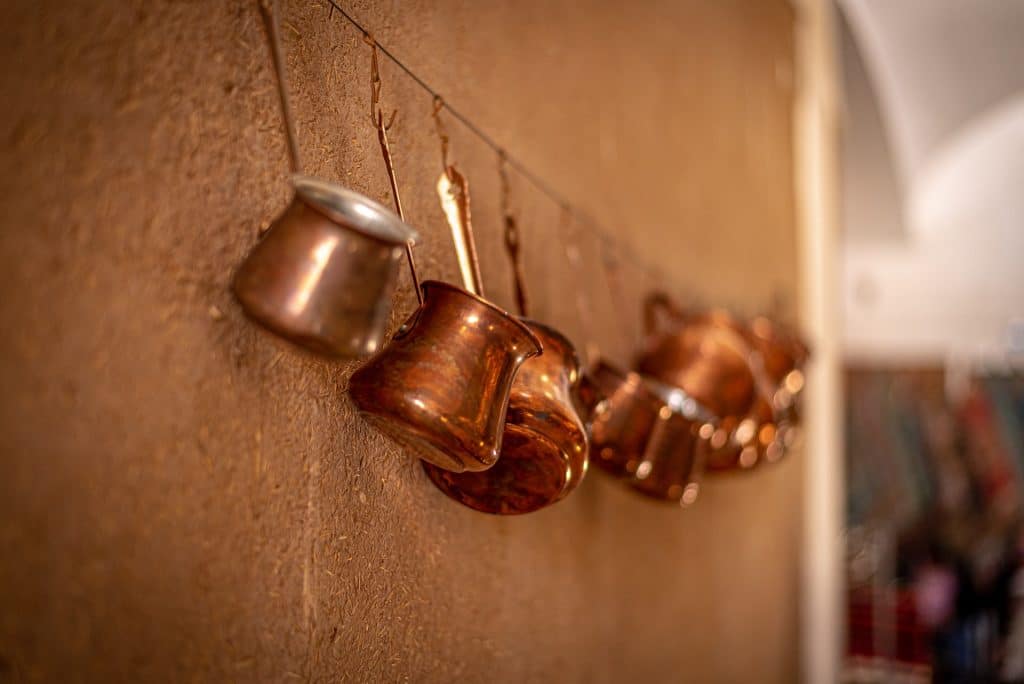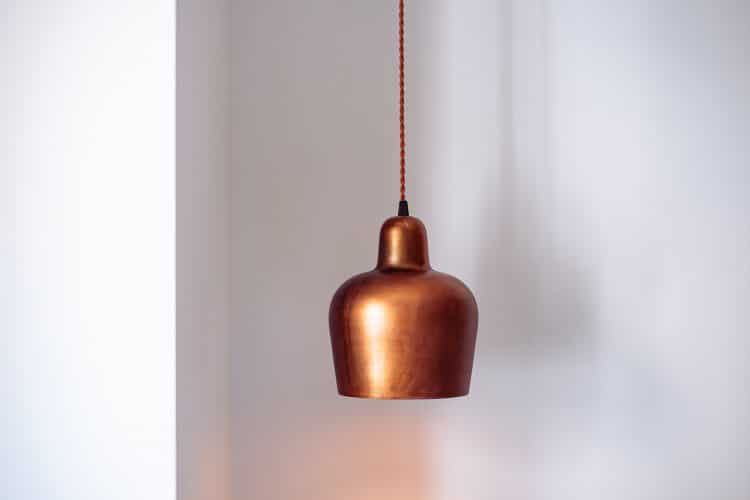One common type of pipe is copper piping. Copper pipes are easy to spot, but it’s important to know what you’re working with. Here’s how to identify copper pipes in your home.
The Color Test
Copper has a distinctive reddish-orange colour that can be identified in most homes by its appearance when it is exposed. Copper is a valuable metal that can be recycled, so if you suspect you have some lying around, it might be worth taking it to a recycling company that pays you cash in exchange.
When copper oxidises, it forms a green patina on the surface that can protect the metal from further damage. However, if this layer is disturbed or removed, the copper will quickly corrode and turn into a brownish-red colour. This reaction can be sped up by exposure to moist air or water. So if you see any signs of reddish-orange discolouration around your home, it might be an indication that you have copper present somewhere!
The Texture Test
Copper is a soft, malleable, and ductile metal that has a characteristic reddish-brown colour. It is one of the few metals that can be easily shaped by hammering or pressing, and it can be drawn into wires or stretched into thin sheets. Copper has a relatively low melting point, so it can easily be melted down and cast into new objects.
The Magnet Test
If you have a magnet, then testing for copper is simple. Just hold the end of your magnet near where you think there might be some copper and see if it attracts the metal or not! If so, then congratulations! You’ve got yourself a piece of this valuable material, which Sydney scrap copper recyclers and scrap metal collectors in your area would gladly buy from you. Let’s learn more about why magnets work on metals like these.
Copper is one of a few metals that are attracted to magnets. This is because copper has a magnetic property called “ferromagnetism.” Ferromagnetic materials are those that are easily magnetised and retain their magnetism even when they are not being stimulated. This quality makes copper an ideal material for wires and pipes since they need to be able to conduct electricity without losing their magnetic properties.
The Oxidation Test
The oxidation test is one way to identify copper in your home because it reacts with the metal to create a blue-green compound. This process is called “patina formation.” Copper naturally oxidises over time and turns into a blue-green colour, so if you see that on something in your house then it might be copper.
The Electrical Conductivity Test
You’ll want to be careful when testing this, but real copper is a great conductor of electricity. If you suspect that you have copper wires in your home, use the ohmmeter to test for conductivity. Touch one probe of the meter to each end of the wire and look at the reading on the meter. A low reading means that there is a lot of current flow and that the wire is probably made of copper. A high reading means that there is not much current flow and that the wire is probably not made of copper.
The Density Test

The density test is a quick and easy way to identify copper in your home. Copper has a density of 8.96 grams per cubic centimetre, which makes it significantly denser than most other metals. Simply weigh a suspected piece of copper against a known piece of lead or another metal, and if the copper is heavier, you can be sure that it’s made of copper. Although copper piping is one of the most common types of plumbing materials, it’s important to be able to identify it so you can work with it safely and efficiently. Copper pipes are easy to spot because they have a distinctive colour, but knowing what to do with them once you’ve identified them is crucial. If you’re ever in doubt about what type of pipe you’re working with, don’t hesitate to call a professional.

